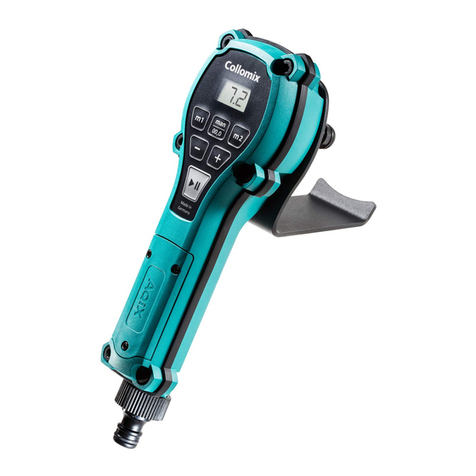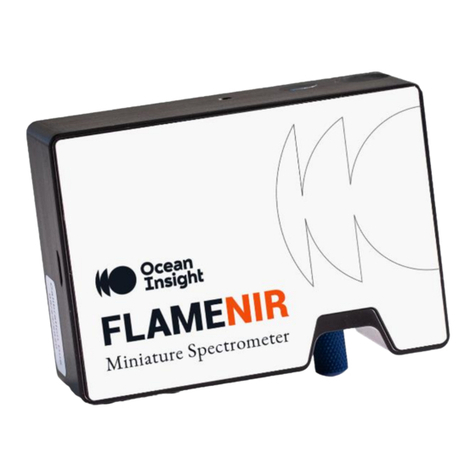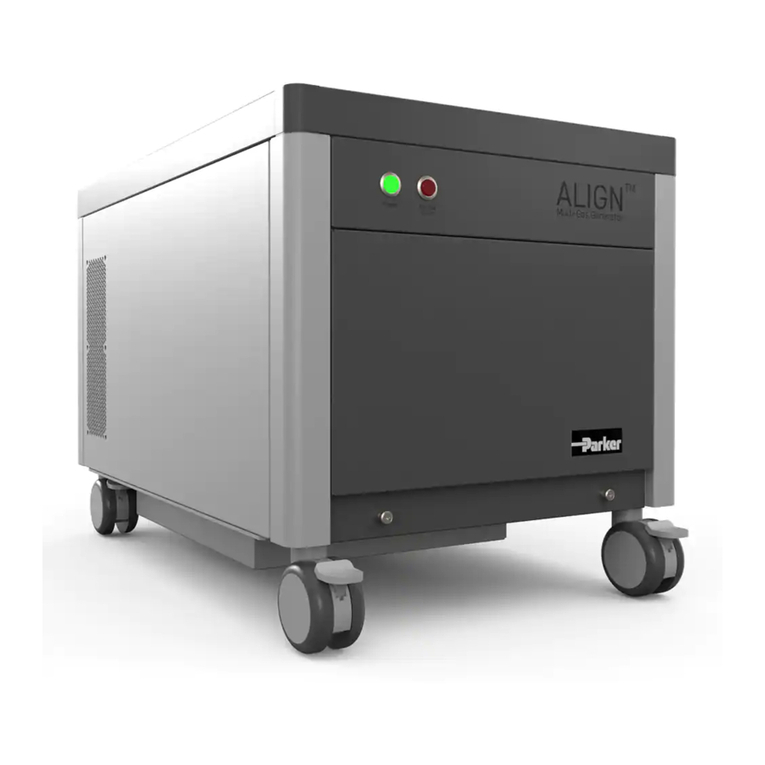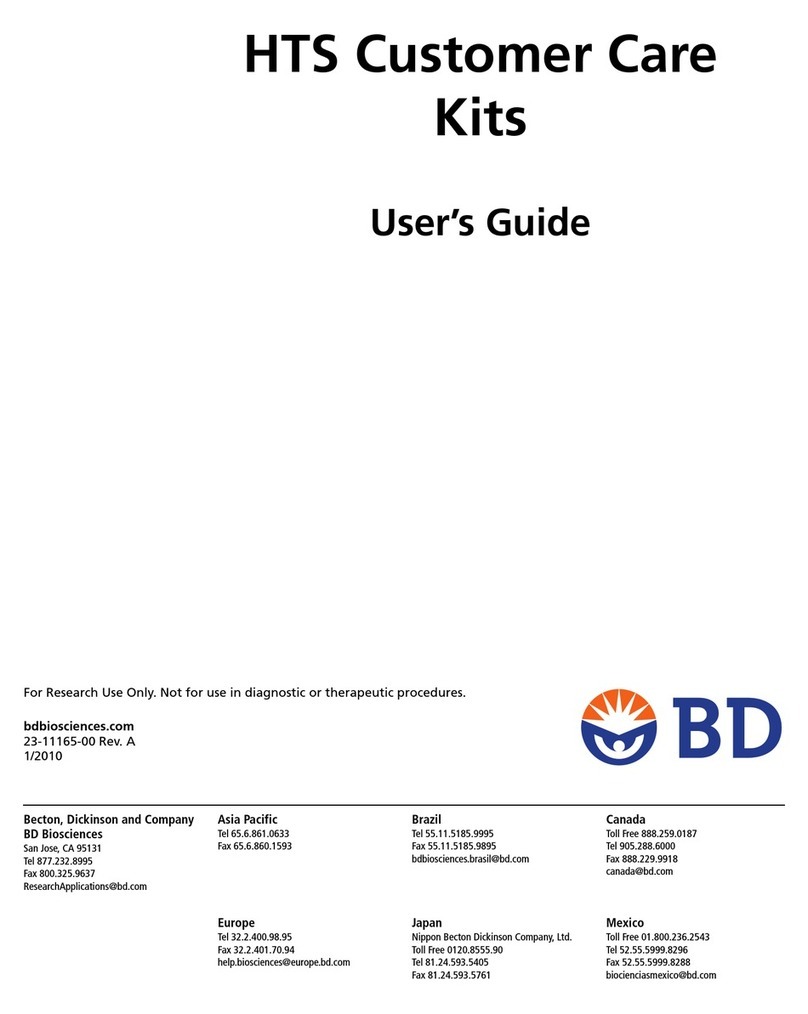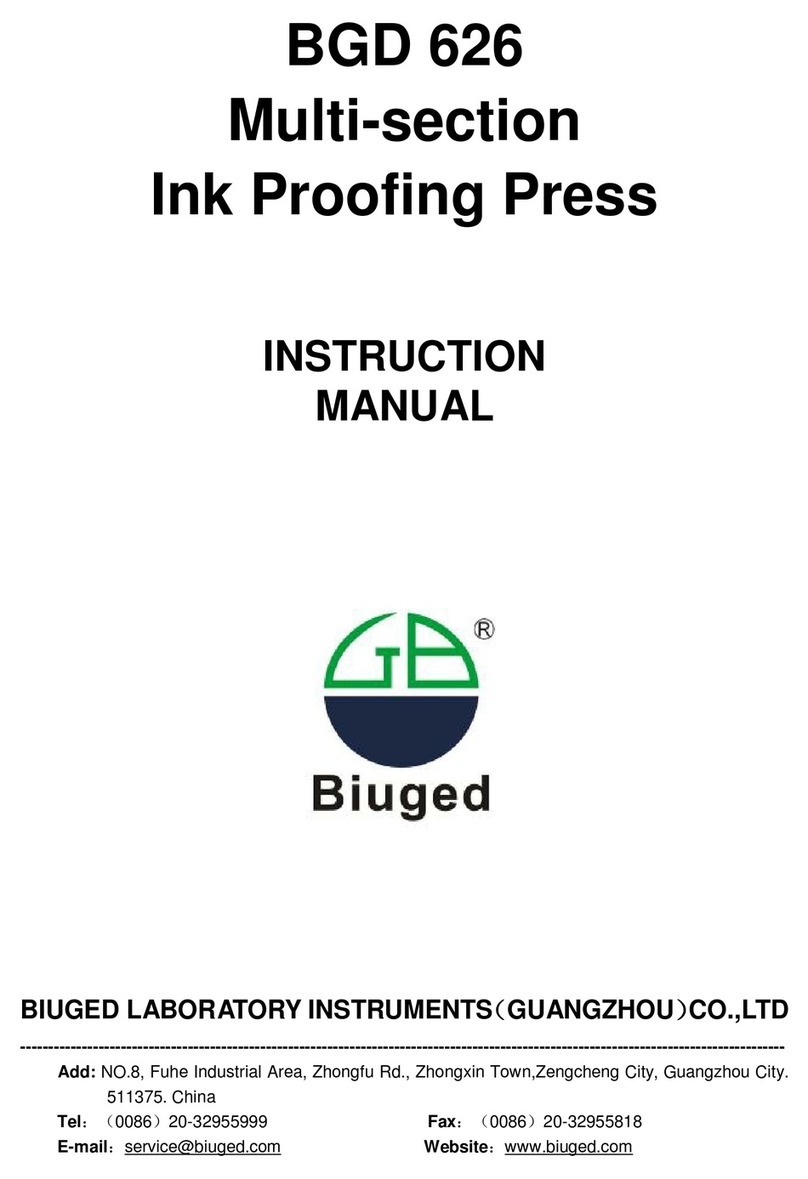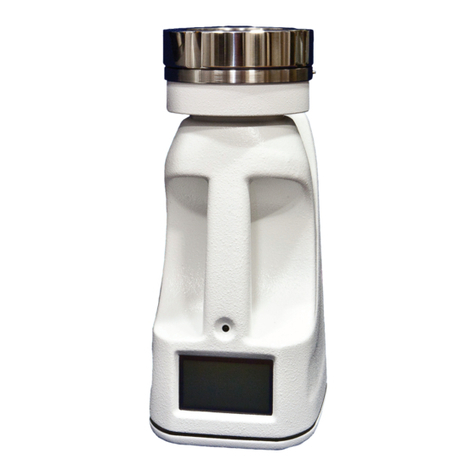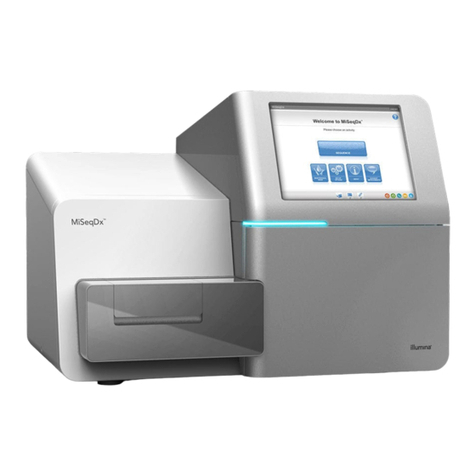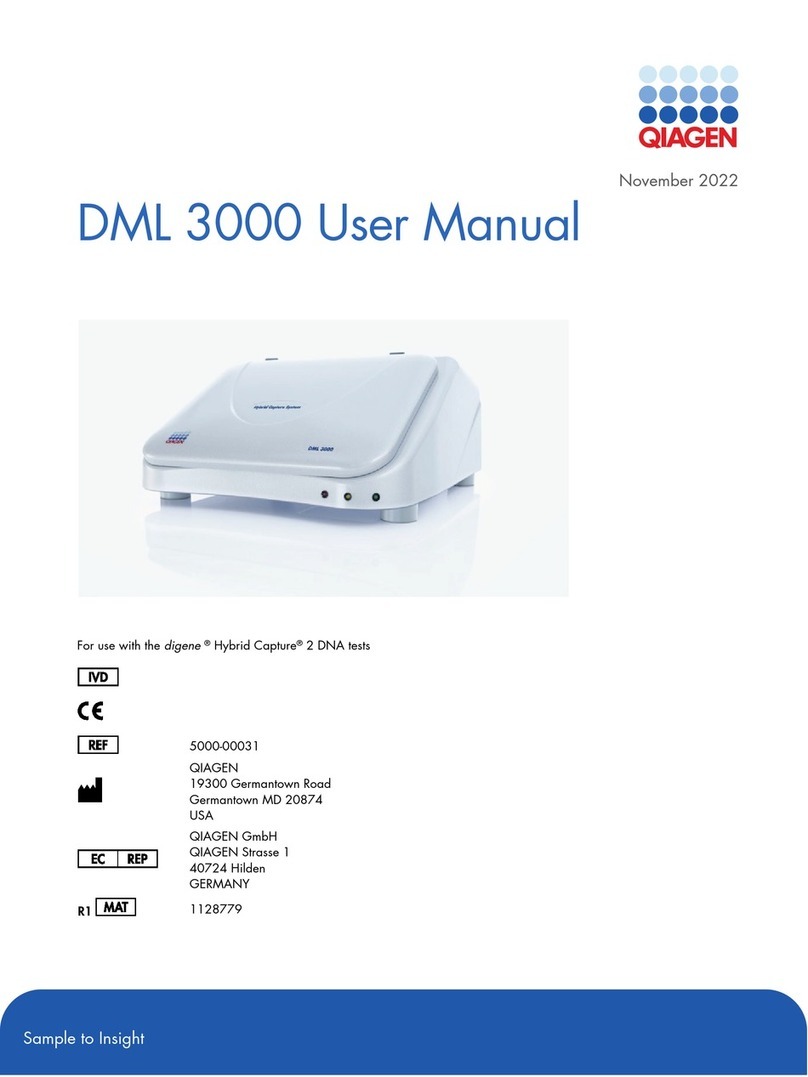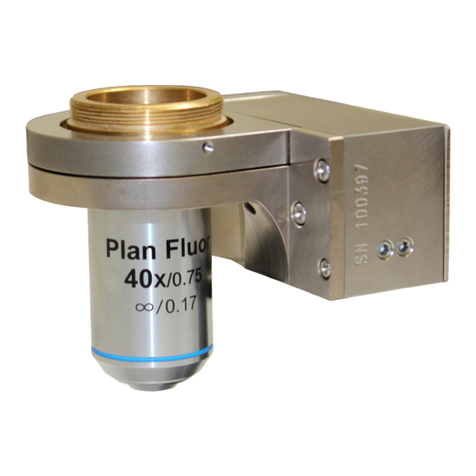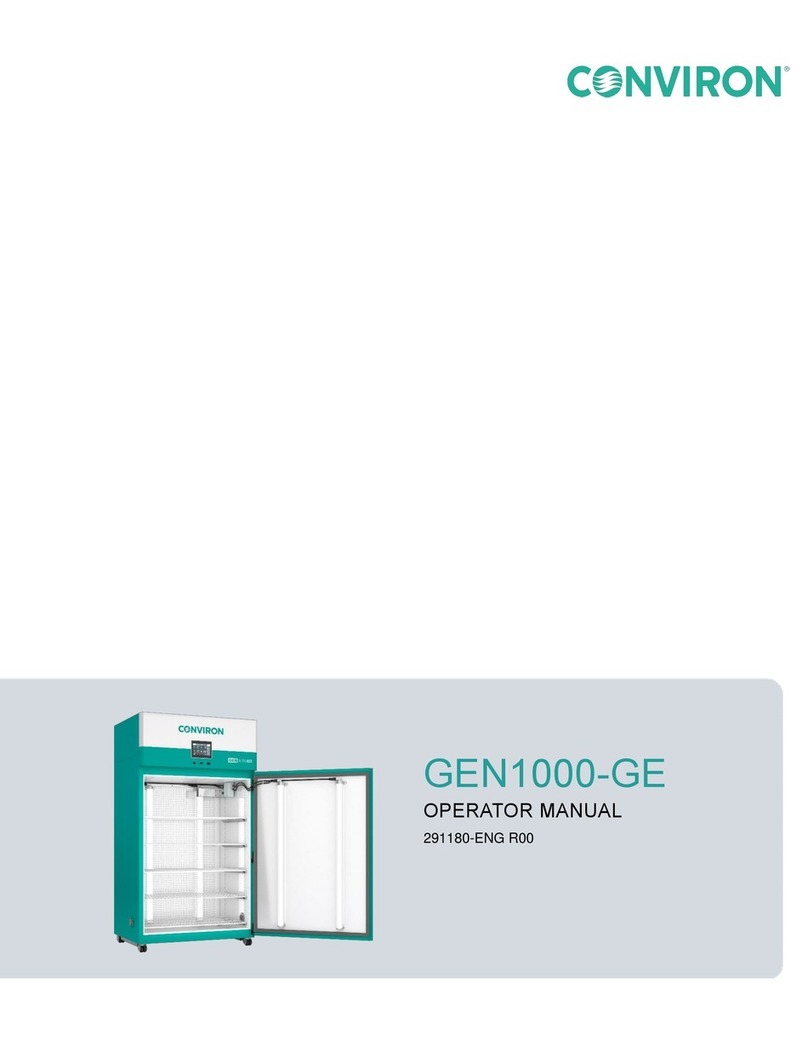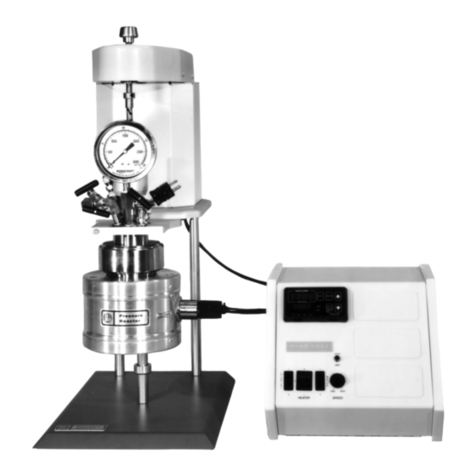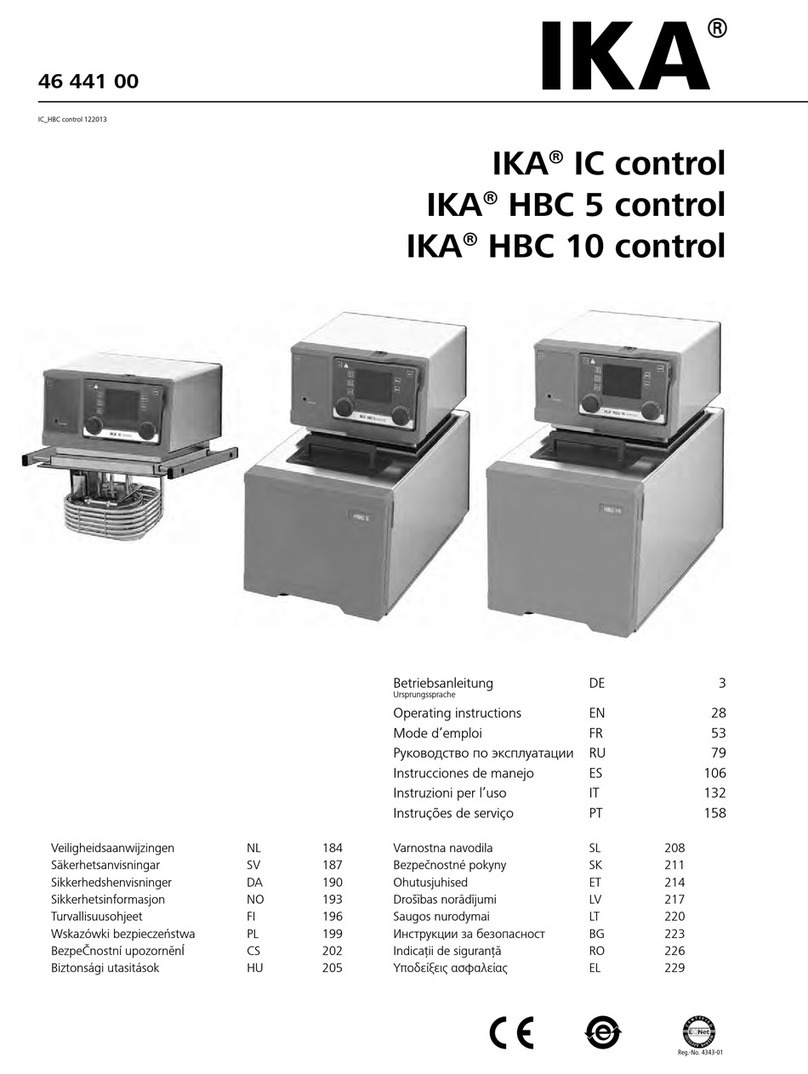
Introduction
The Sonolator is intended to emulsify, disperse and homogenize at flow rates between five (0.5) to twenty (100)
gallons per minute at pressures ranging from 150 to 5000 psi. Many of the Sonolator
Systems fabricated by Sonic
are restricted to certain flows and pressures due to the pump used; just because the Sonolator
itself is rated to
such pressures does not necessarily mean that the entire system is rated for such pressures! There are several
type Sonolators used depending on flow rates and applications. These include the Model A, Model BT, Model
BTK400, Model EM, Model XS1500, and Model CIP, Model A-CIP2. Assembly Drawings and Parts Lists for each
model Sonolator is available on our website.
There are three parameters which dictate the level of mixing energy, or homogenization, within the Sonolatorat a
given flow rate. The first, and the most important of these, is pump-to-orifice pressure, which can be varied by
either changing the size of the orifice or the flow of material through the orifice. When the area of the orifice is
smaller or the flow is accelerated, the pressure increases. The second variable is the orifice-to-blade distance,
which, with this model Sonolator, is externally adjustable. The third variable is the pressure within the mixing
chamber itself, which is manipulated by a back pressure tuning valve. Both the blade-to-orifice adjustment and the
back pressure tuning valve are used only to enhance the cavitation occurring within the Sonolator's mixing chamber.
All products have differing pressures at which they can be effectively homogenized within the Sonolator, the back
pressure tuning valve and blade adjustment knob allow the operator to enhance cavitation within the mixing chamber
once an appropriate pressure has been discerned.
An acoustic "note," audible only in the sonic range, is generated by the cavitational forces and oscillations mentioned
above. When this note is at its peak, maximum cavitation is then being achieved. An Acoustic Intensity Meter,
connected by a coaxial cable to a liquid crystal probe mounted just above the Sonolator's mixing chamber, allows
the operator to read that "note." The operator can then adjust the blade to orifice distance and the back pressure to
locate the "note's" peak, thereby ensuring that maximum cavitation is being generated.
Operation
The operating procedures for a Sonic system will vary depending on whether the system is mono feed or dual feed,
fixed speed or variable speed, or any combination of these. When operating any system, however, the operator
must understand (1) the operation of the pump, (2) the relationship between orifice area, pressure, and flow, and (3)
how to tune the Sonolator to generate optimum cavitation.
The Pump
A Sonic unit may possess any of a variety of positive displacement pumps. Our website contains customer specific
manuals with pump manuals, drawings, etc. Each pump provided by Sonic Corporation has a definite pressure
limitation as a function of its design. Specifications and data provided with the pump manual will indicate that
pressure limitation. Any system utilizing a variable speed drive or mechanically variable speed motor possesses a
pressure relief valve, rupture disk, or pressure limit switch to insure protection in case an operator unintentionally
exceeds the pressure limitation of the pump.
Sonic Corporation is not able in all cases to determine the exact speed of a fixed speed system because the process
liquid viscosity is an uncontrollable variable. Adjustments in the speed of the unit may be made in the field if a V-Belt
drive arrangement has been provided.
THROUGHPUT ABOVE THAT SPECIFIED FOR THE UNIT SHOULD NOT BE CONSIDERED A BONUS, AND
CONSTITUTES ABUSE OF EQUIPMENT. The unit should be slowed down in correlation with pump curves.
The Relationship between Orifice, Pressure and Flow



